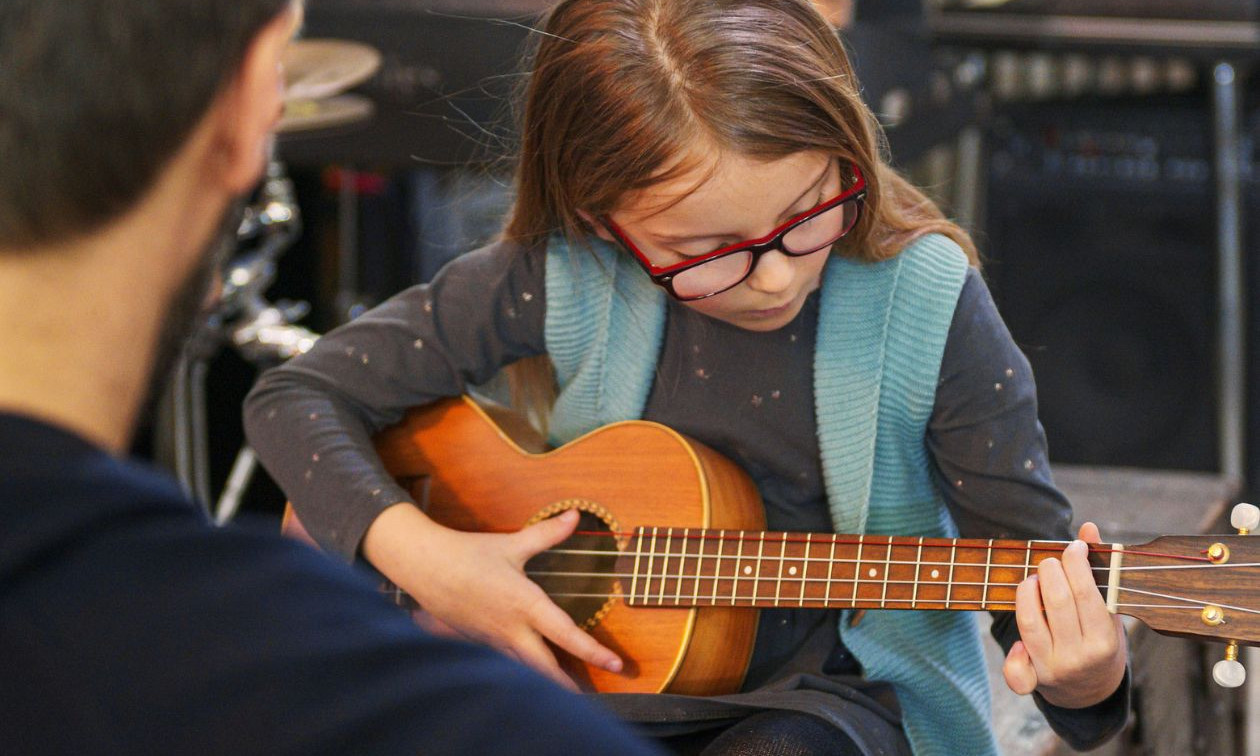When you share your favourite Spotify playlist with your friends, you aren’t just sending musical vibes; you may be revealing something about your political attitudes.
That's according to Canada-wide study led by Catherine Ouellet, a professor in the Department of Political Science at Université de Montréal.
The finding also raises questions about the digital traces we leave behind every day.
With UdeM doctoral student Nadjim Fréchet and Université Laval professor Simon Coulombe, Ouellet collected and analyzed data from more than 125,000 Canadians who used the Datagotchi app during the 2021 federal election and the 2022 Quebec provincial election.
The researchers linked participants’ responses to MusicBrainz, a large public music database, to classify them into 256 musical genres and then cross-referenced the results with personality traits measured by the “Big Five” model, a benchmark in cognitive psychology.
The end of musical class divisions?
At a theoretical level, the study tested two opposing theories on the relationship between social class and music.
French sociologist Pierre Bourdieu’s classic thesis holds that elites prefer “highbrow” genres such as jazz or classical, while the working classes turn to more accessible music. On the other hand, the “omnivore” hypothesis argues that these boundaries have blurred with the emergence of the middle class and media fragmentation.
The study’s results clearly lean toward the second hypothesis, Ouellet found.
“There is increasing heterogeneity in musical preferences within social classes,” she said. “Today, so-called popular music is appreciated by all socioeconomic groups, although some patterns are still discernible: hip-hop and pop remain more popular among low-income individuals, while rock and alternative rock dominate among higher earners.”
This trend toward the levelling of tastes reflects a society in which traditional cultural barriers are becoming more permeable, Ouellet added. Before the industrial era and media fragmentation, a stronger correlation existed between socioeconomic status and cultural preferences; today, the linkage has grown weaker.





